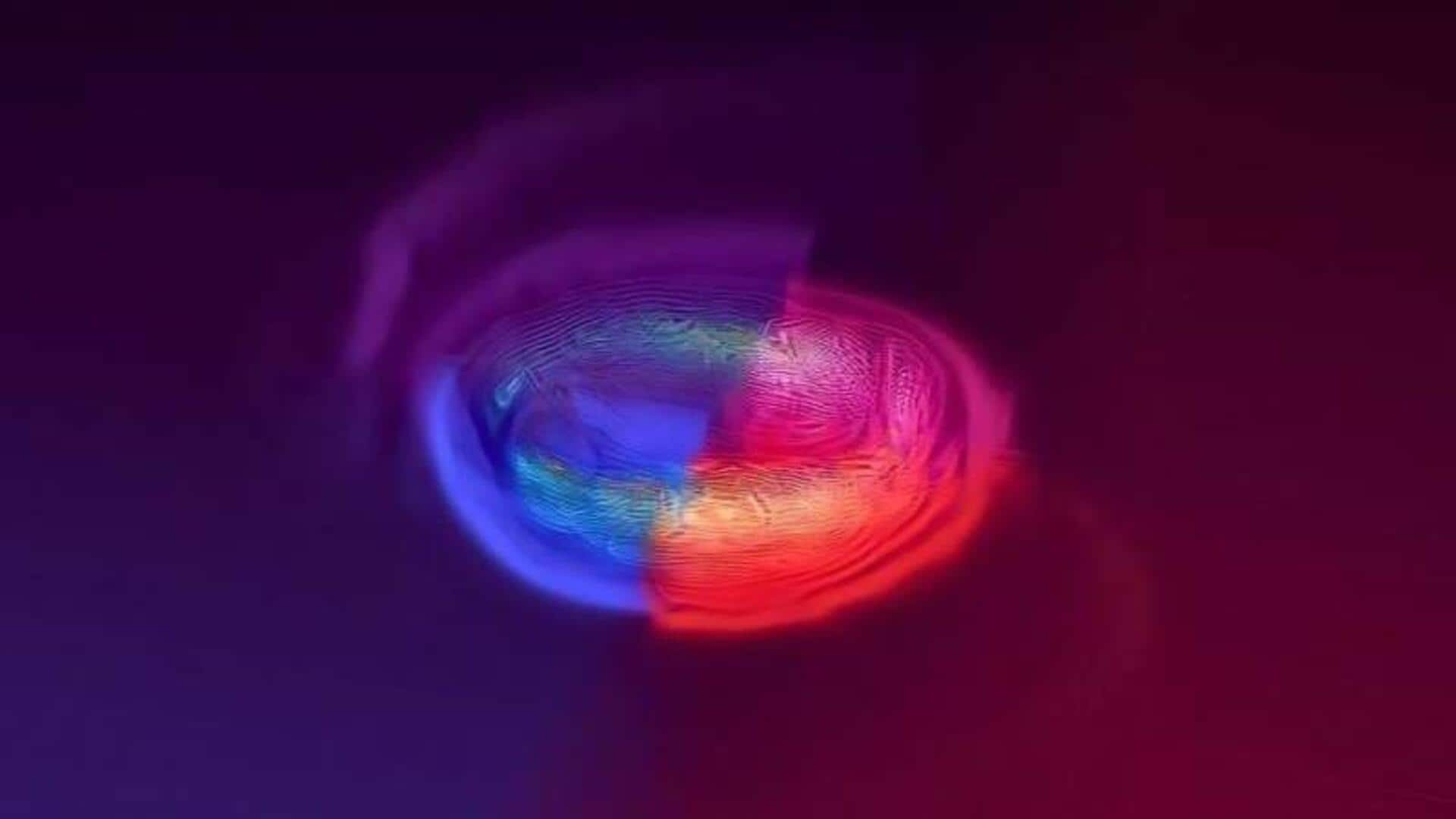
We finally have idea about origin of rare earth elements
What's the story
The collision and merger of two neutron stars, the very dense remnants of collapsed stars, are some of the most energetic events in the universe. A new study by researchers from Pennsylvania State University and the University of Tennessee Knoxville has revealed that tiny particles called neutrinos play a crucial role in these cosmic events. The research was published in the journal Physical Review Letters.
Neutrino significance
What are neutrinos?
Neutrinos are fundamental particles that interact weakly with other matter. They come in three flavors: electron, muon, and tau. Under certain conditions, such as inside a neutron star, these neutrinos can change flavors. This transformation can affect the types of particles they interact with during a merger. The study is the first to simulate this transformation of the neutrino "flavors" in neutron star mergers.
Simulation findings
How do neutrinos affect neutron star mergers?
The researchers built a computer simulation of a neutron star merger from scratch, taking into account various physical processes like gravity, general relativity, hydrodynamics, as well as neutrino mixing. They found that the extent and location of neutrinos mixing and transforming affects the matter ejected from the merger as well as its remnant structure and composition. This has implications for understanding metal and rare earth element origins in extreme environments.
Element production
Impact on heavy element production
The study also found that the transformation of electron flavor neutrinos to muon flavor is the most relevant in this environment. This conversion can alter how many neutrons are available in the system, directly impacting heavy metal and rare earth element creation. The researchers found that accounting for neutrino mixing could raise element production by as much as a factor of 10.
Emission impact
Implications for astronomical observations
The study also found that neutrino mixing during the merger influenced the amount and composition of matter ejected from it. This could alter emissions detectable from Earth, including gravitational waves and electromagnetic radiation such as X-rays or gamma rays. The researchers said their findings could help astronomers interpret future observations of these cosmic events with advanced detectors like LIGO, Virgo, and KAGRA.
Research potential
Future directions
The researchers hope that their work will inspire other teams to use this technology to further investigate the effects of neutrino mixing. They emphasized that neutron star mergers serve as cosmic laboratories, offering valuable insights into extreme physics that can't be safely replicated on Earth. The study was co-authored by Maitraya Bhattacharyya, a post-doctoral scholar in the Penn State Institute for Gravitation and the Cosmos, and Sherwood Richers from the University of Tennessee, Knoxville.